Colombia's FARC rebels officially disarm, enacting key piece of peace deal
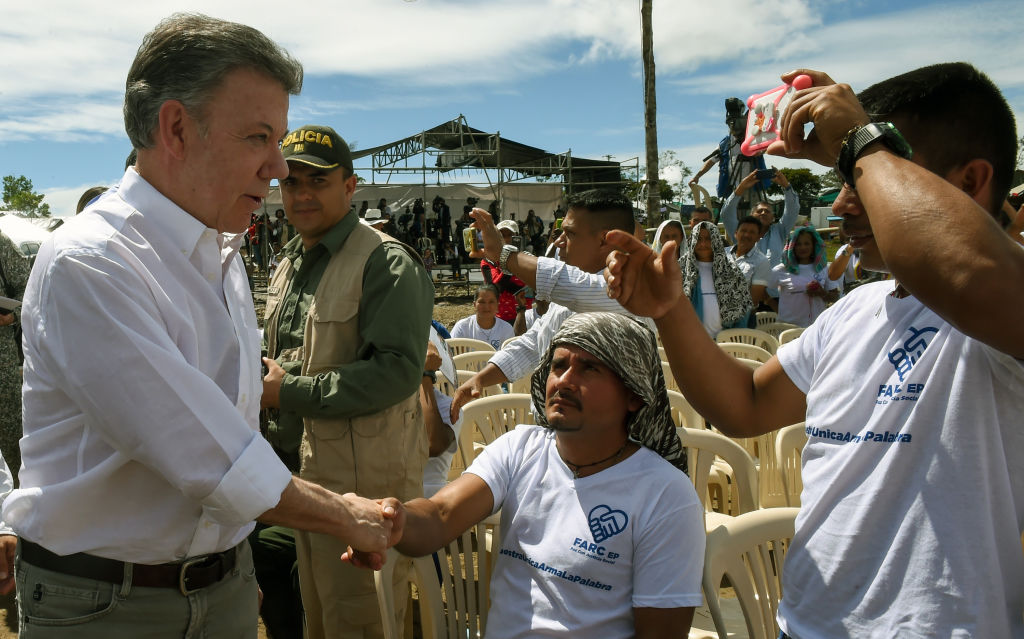

On Tuesday, the Revolutionary Armed Forces of Colombia (FARC) guerrilla group officially disarmed, handing over the last of its 7,132 weapons to United Nations officials overseeing the peace deal FARC leaders signed with President Juan Manuel Santos last year, and giving the U.N. the coordinates to 900 weapons caches hidden around Colombia. Santos attended the demilitarization ceremony in the rural town of Mesetas, as did FARC commander Rodrigo Londono, or Timochenko, and 2,000 other former FARC guerrillas, local officials, and supporters of the controversial peace accord.
The FARC has "exchanged arms for words," and "peace is irreversible," Santos told the crowd. "Now we are just one people, just one nation. Long live peace." Londono focused on his movement's transition from paramilitary to political group, guaranteed 10 seats in Congress for two terms, starting in 2018. "Today doesn't end the existence of the FARC, it merely replaces the armed struggle with exclusively legal means," Londono said, explaining that the group's goal is the same — attaining power — even if its methods were different.
Such a disarmament by FARC rebels and beginning of a transition to civil society "once seemed unimaginable," the Los Angeles Times notes. Still, "although violence has decreased, Colombia is not yet tranquil." About 250 FARC guerrillas won't disarm, and the 1,000-member National Liberation Army (ELN) is still at war with Colombia, as are drug cartels. Also, Santos' political rivals are vowing to amend or undo the peace deal, and lots of things could still go awry. Tuesday's ceremony was a "day of joy" and a clear step toward a "more inclusive and peaceful Colombia," says Lisa Haugaar at the U.S. human rights group Latin America Working Group. "But everyone must play their part to have real peace, or this chance will be lost for another generation."
The Week
Escape your echo chamber. Get the facts behind the news, plus analysis from multiple perspectives.

Sign up for The Week's Free Newsletters
From our morning news briefing to a weekly Good News Newsletter, get the best of The Week delivered directly to your inbox.
From our morning news briefing to a weekly Good News Newsletter, get the best of The Week delivered directly to your inbox.
A free daily email with the biggest news stories of the day – and the best features from TheWeek.com
Peter has worked as a news and culture writer and editor at The Week since the site's launch in 2008. He covers politics, world affairs, religion and cultural currents. His journalism career began as a copy editor at a financial newswire and has included editorial positions at The New York Times Magazine, Facts on File, and Oregon State University.
-
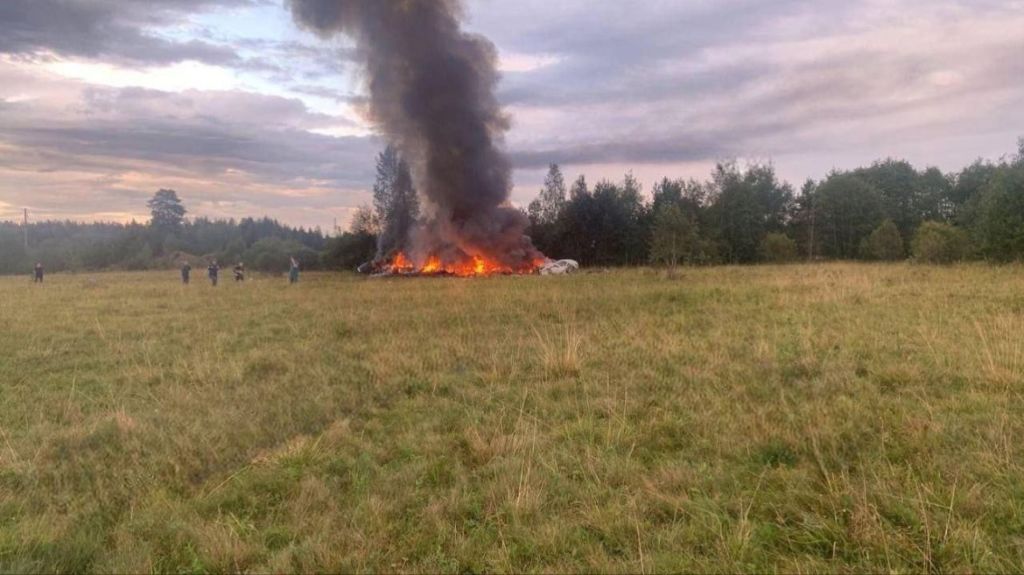 Nobody seems surprised Wagner's Prigozhin died under suspicious circumstances
Nobody seems surprised Wagner's Prigozhin died under suspicious circumstancesSpeed Read
-
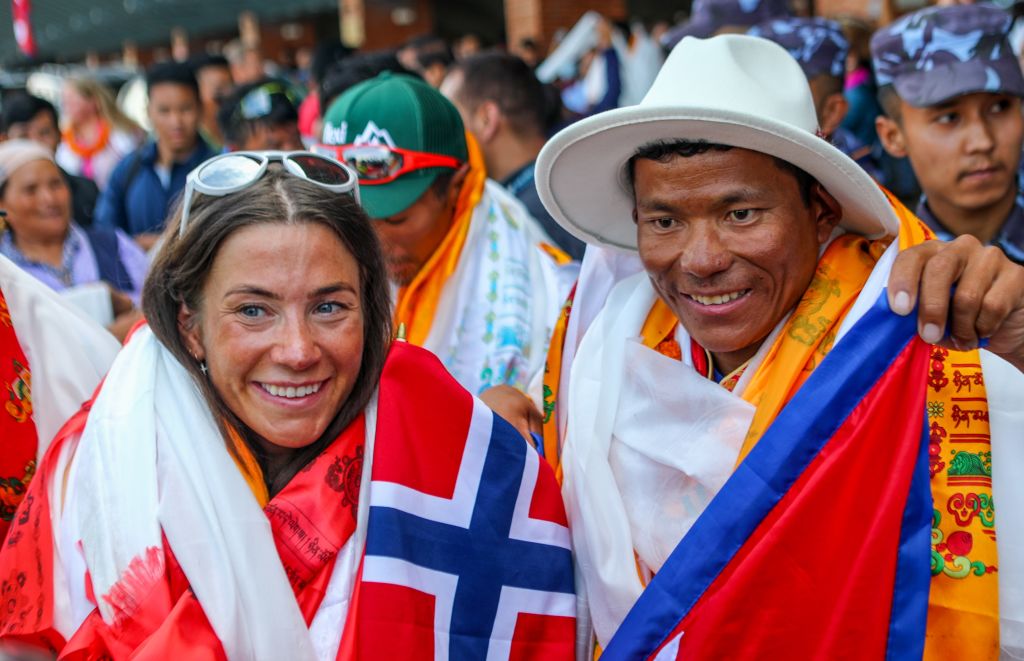 Western mountain climbers allegedly left Pakistani porter to die on K2
Western mountain climbers allegedly left Pakistani porter to die on K2Speed Read
-
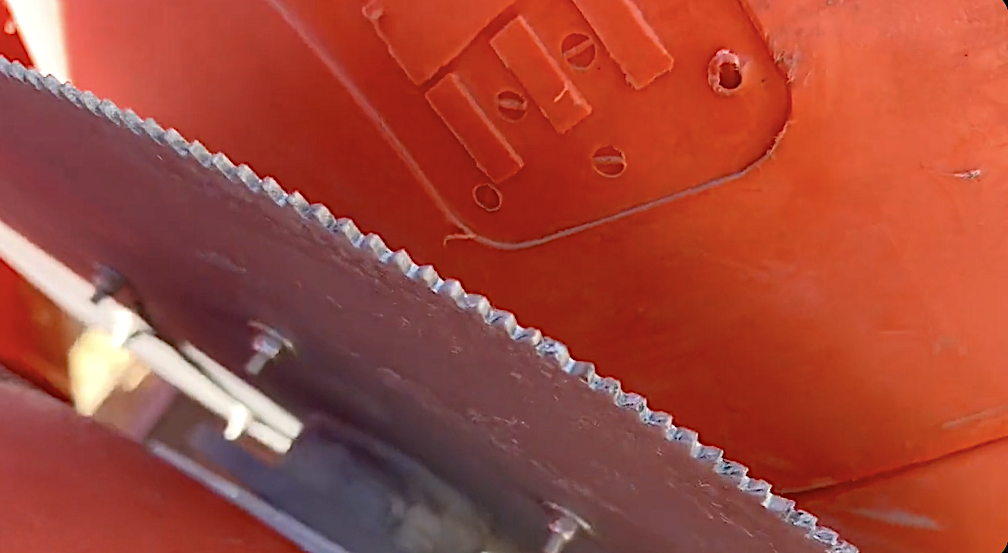 'Circular saw blades' divide controversial Rio Grande buoys installed by Texas governor
'Circular saw blades' divide controversial Rio Grande buoys installed by Texas governorSpeed Read
-
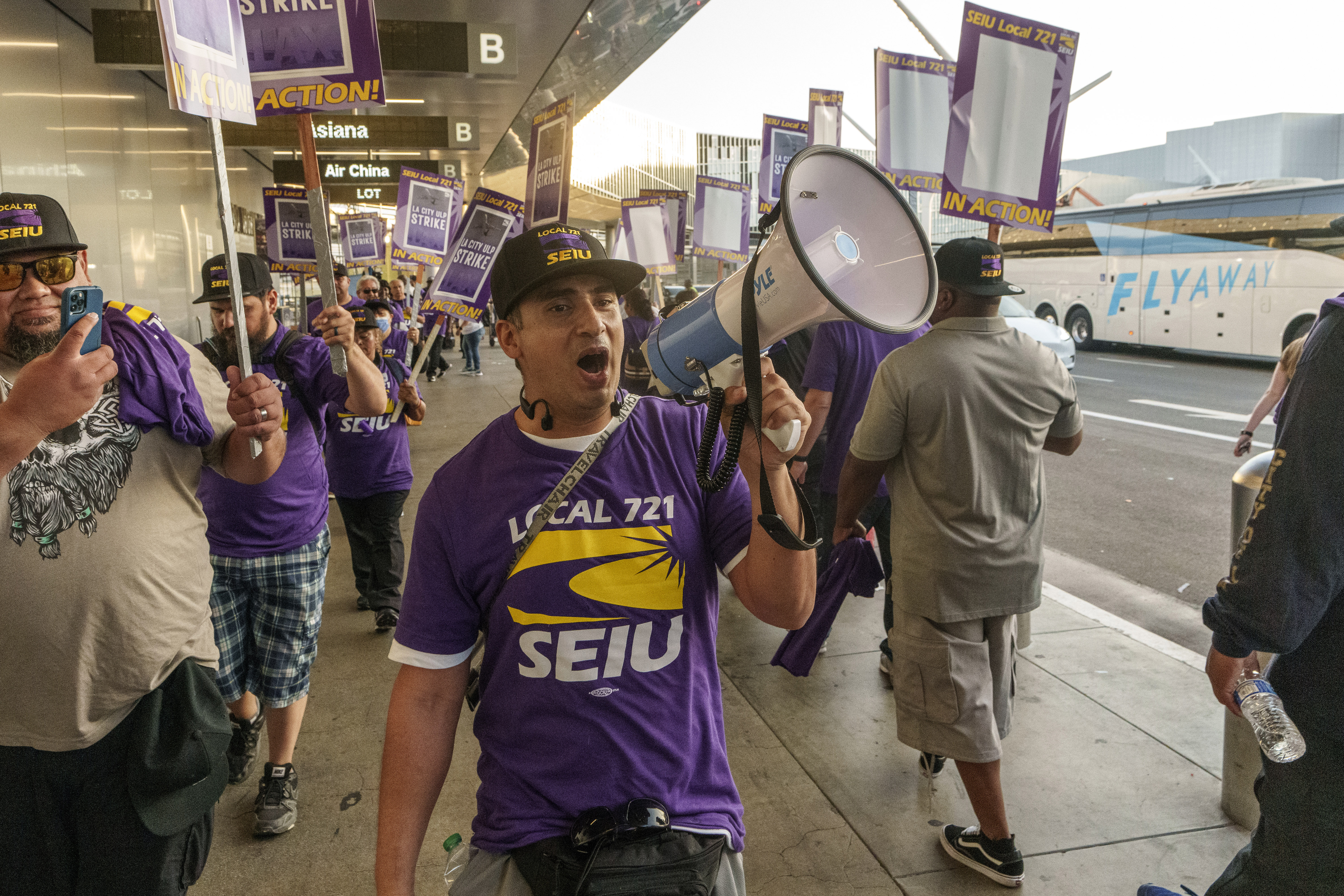 Los Angeles city workers stage 1-day walkout over labor conditions
Los Angeles city workers stage 1-day walkout over labor conditionsSpeed Read
-
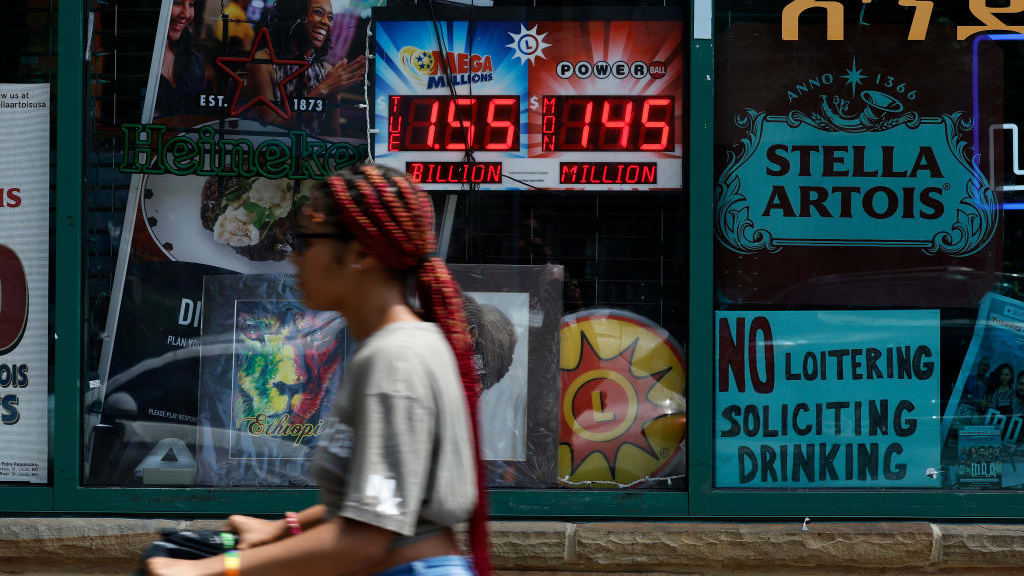 Mega Millions jackpot climbs to an estimated $1.55 billion
Mega Millions jackpot climbs to an estimated $1.55 billionSpeed Read
-
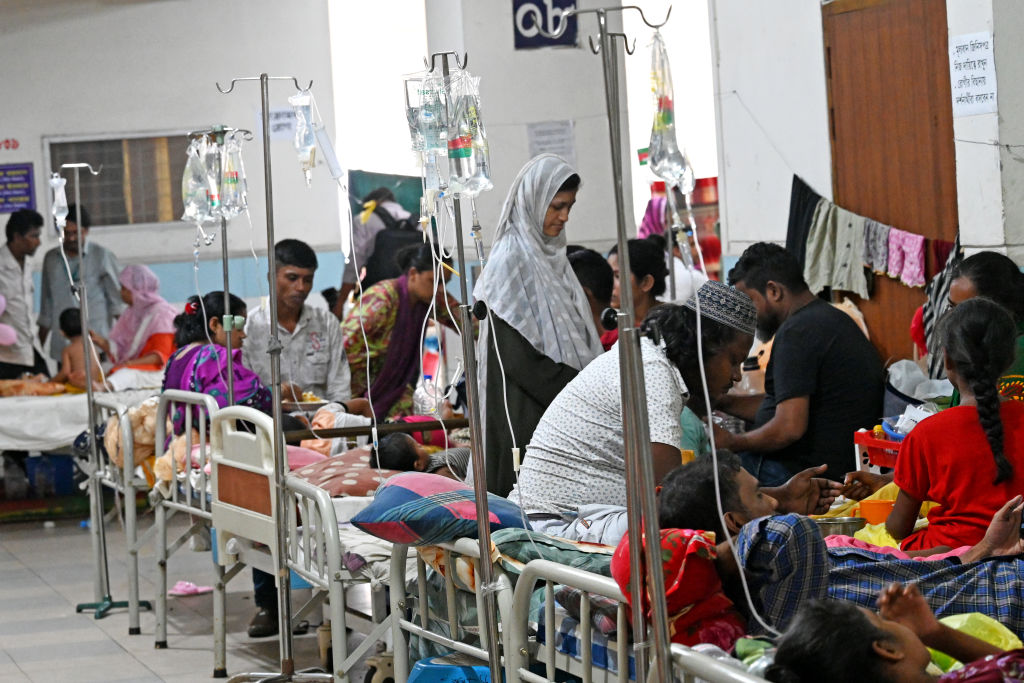 Bangladesh dealing with worst dengue fever outbreak on record
Bangladesh dealing with worst dengue fever outbreak on recordSpeed Read
-
 Glacial outburst flooding in Juneau destroys homes
Glacial outburst flooding in Juneau destroys homesSpeed Read
-
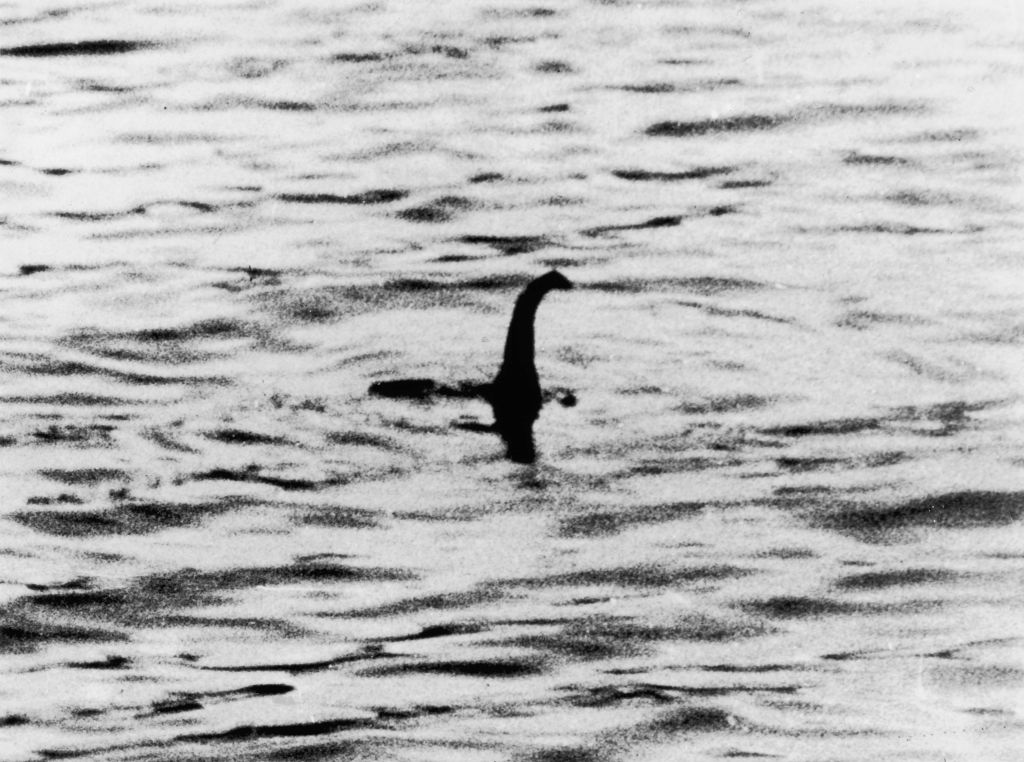 Scotland seeking 'monster hunters' to search for fabled Loch Ness creature
Scotland seeking 'monster hunters' to search for fabled Loch Ness creatureSpeed Read



